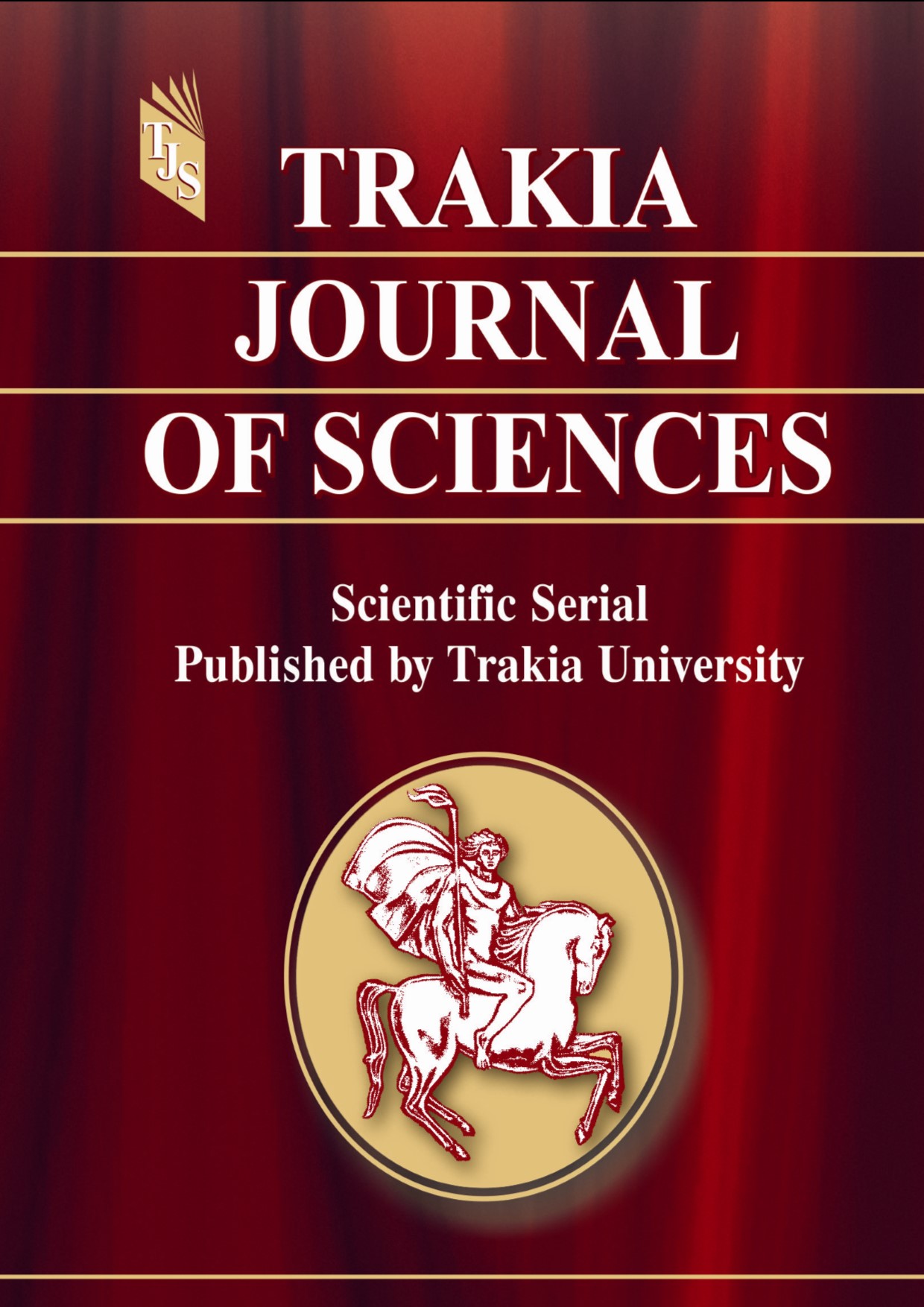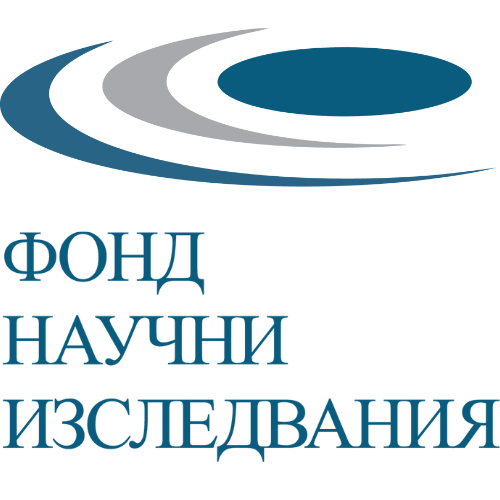COMPARATIVE BIOCHEMISTRY BETWEEN PLANT FLUIDS AND THE HUMAN BLOOD
DOI:
https://doi.org/10.15547/tjs.2025.03.001Keywords:
similarity, biochemistry, plant fluids, juices, grapevine sap, human bloodAbstract
PURPOSE: The aim is to establish regularities in the biochemistry of plant fluids and human blood. The work seeks to contribute to efforts of producing of human blood or plasma with plant origin. METHODS: Digital instrumental methods were used. Statistics was done through computer program XLStat. Reference data on the biochemistry of human blood was used. RESULTS: Some similarities and differences were found between plant fluids and the human blood. Total sugar in a human's blood is the lowest compared to studied plant fluids. Glucose in human blood is similar to that in a grapevine sap. Fructose is in lowest amount in human blood. The water in human blood is almost the same as that of plant fluids. pH of human blood is low alkaline, but plant fluids are slightly acidic to acidic. Fats in vegetables are in greater quantities in vegetables, resp. they are close to human blood. The electrical conductivity of human blood is the highest compared to the studied plant fluids. The amount of dissolved solids in human blood is close to that of vegetables. CONCLUSIONS: There is no complete similarity between the studied liquids, but they are similar in water content and they have similar ratios between biochemical indicators.
References
Güemes, M., Rahman, S.A., Hussain, K.,What is a normal blood glucose? BMJ Journals. Archives of Disease in Childhood, 101: 569-574, 2016.
Kawasaki, T., Akanuma, H., Yamanouchi, T., Increased Fructose Concentrations in Blood and Urine in Patients With Diabetes. Еmerging treatments and technologies, Diabetes Care, 25(2): 353–357,2002, https://doi.org/10.2337/diacare.25.2.33.
Astrup, P., Engel, K., Severinghaus, J. W., & Munson, E., The Influence of Temperature and Ph on the Dissociation Curve of Oxyhemoglobin of Human Blood. Scandinavian Journal of Clinical and Laboratory Investigation, 17(6): 515–523, 1965, https://doi.org/10.1080/00365516509083359.
Ole Siggaard-Andersen, Titratable acid or base of body fluids, Annals of the New York Academy of Sciences, volume 133, issue 1 Current Conce: 41-58, 1966, DOI: 10.1111/j.1749-6632.1966.tb50707.x.
Goodman, DW.S, Hulley S.B., Clark, L.T. Davis, C.E., Fuster V., LaRosa J.C, Oberman E.J, Schaefer A., Steinberg D., Virgil Brown W; Grundy S.M., Becker D., Bierman E., Sooter-Bochenek J., Mullis, R., Stone N. Et al.. Report of the National Cholesterol Education Program Expert Panel on Detection, Evaluation, and Treatment of High Blood Cholesterol in Adults. The Expert Panel, Arch. Intern. Med. 148 (1): 36–69, 1988, doi:10.1001/archinte.148.1.36. PMID 3422148
Ištuk, N., La Gioia, A., Benchakroun, H., O’Loughlin, D., Lowery, A., Porter, E., and O’Halloran, M., Measurement of Electrical Conductivity of Human Blood at Frequencies Below 100 kHz with Four-electrode Probe Method. In: URSI GASS 2021, Rome, Italy, 28 August - 4 September 2021.
Trudnowski, R. J., Rico, R.,C., Specific, Gravity of Blood and Plasma at 4 and 37 °C. Clinical Chemistry, 20 (5), 1 May 1974: 615-616, https://doi.org/10.1093/clinchem/20.5.615
Ya Li Jin, Tong Zhu, Lin Xu, Wei Sen Zhang, Bin Liu, Chao Qiang Jiang, Hong Yu, Li Ming Huang, Kar Keung Cheng, G. Neil Thomas, Tai Hing Lam, Uric acid levels, even in the normal range, are associated with increased cardiovascular risk: The Guangzhou Biobank Cohort Study. International Journal of Cardiology, Volume 168, Issue 3, 3 October 2013: 2238-2241.
Maldonado Rosas, I., Carrasquel, G., Ramirez, L., Jimenez, I., Moreno, S., Villa Munõz, L., Gupta, S., Agarwal, A., P-275 Oxidation reduction potential (ORP) levels in blood plasma could represent the ORP status in follicular fluid from oocyte donors and patients, Human Reproduction, 38, Supplement_1, June 2023, dead093.633, https://doi.org/10.1093/humrep/dead093.633.
Norgaard, A., Gram, H.C., Relation between the chloride content of the blood and its volume per cent of cells, Journal of Biological Chemistry (JBC), Volume 49, Issue 2, 1 December 263-278, 1921, https://doi.org/10.1016/S0021-9258(18)85965-8.
Sparreboom, A., Nooter, K., Loos, W.J., Verweij, J., The (ir)relevance of plasma protein binding of anticancer drugs. The Netherlands Journal of Medicine, 59: 196–207, 2001.
Douplik, A., Saiko, G., Schelkanova, I., Tuchin, V.V., 3 - The response of tissue to laser light. Diagnostics, Therapy and Surgery, Woodhead Publishing Series in Electronic and Optical Materials, 47-109. 2013.
Zheng, T., Haider, M.S., Zhang, K., Jia, H., Fang, J., Biological and functional properties of xylem sap extracted from grapevine (cv. Rosario Bianco). Scientia Horticulturae 272, 109563: 1-11, 2020. https://doi.org/10.1016/j.scienta.2020.109563.
Lumovero, XLSTAT, 2025, Statistical and data analysis solution, https://www.xlstat.com/en.
XLSTAT - PRO. User’s guide. Addinsoft, New York, USA, Version 7.5. 2005. p. 1-104.
Agricultural Research Service, USDA and ODS-NIH Database for the Purine Content of Foods, 2023, https://www.usda.gov/.
Pourbaix, M., Atlas of electrochemical equilibria in aqueous solutions (2nd ed.). National Association of Corrosion Engineers, 1974, ISBN 9780915567980.
Sotirov, A., Krumov, S., Biochemistry of spring sap of different grapevine cultivars. Scientific Papers. Series “Management, Economic Engineering in Agriculture and Rural Development”, Vol. 24, Issue 3, 833-840, 2024. ISSN 2284-7995, ISSN Online 2285-3952.
Ganev, S., Contemporary Soil Chemistry, Science and Art, Sofia, 1990, 372 p.

Downloads
Published
Issue
Section
License

This work is licensed under a Creative Commons Attribution-NonCommercial 4.0 International License.


